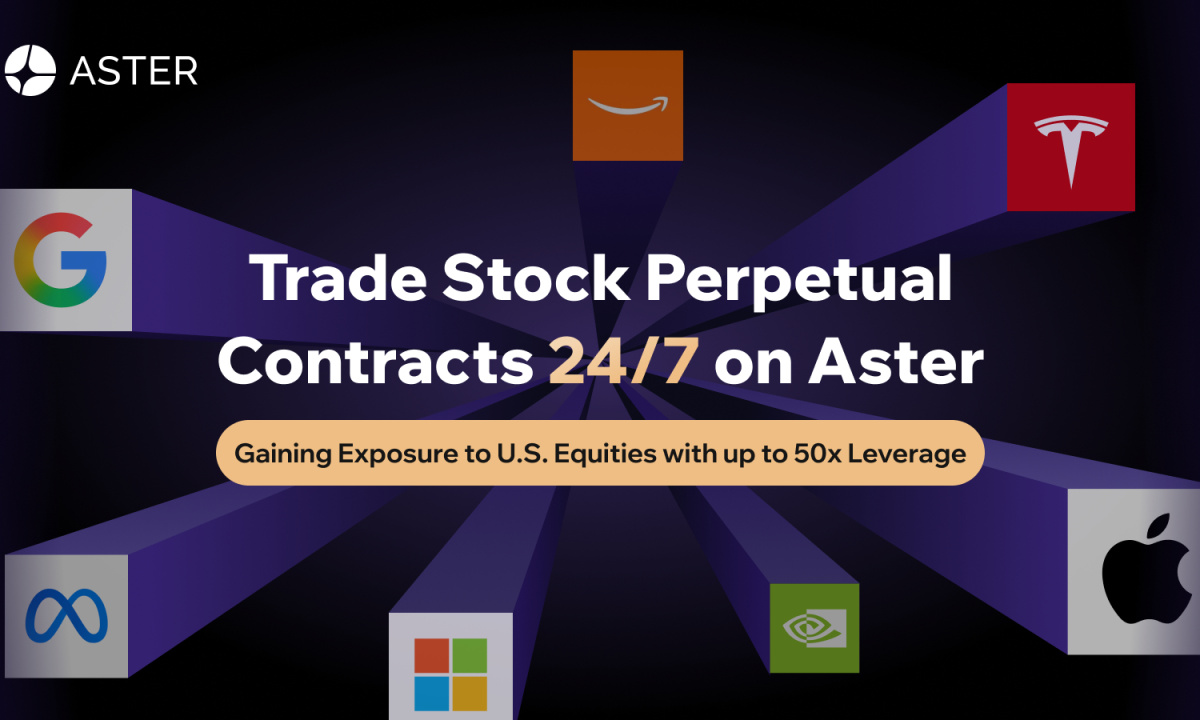A benchmark index is a collection of securities used to evaluate the performance of other assets in the market. These indexes serve as benchmarks for various assets, including mutual funds, stocks, bonds, and more. By comparing the performance of an asset to that of a benchmark index, investors can gain insights into how well their investments are performing relative to the market as a whole.
Benchmark indexes are important tools in the investment world as they allow individual investors to evaluate the success of their investments. These indexes cover different markets and have different standards for large, mid-size, and small-cap companies. For example, the S&P 500 and the Dow Jones Industrial Average are well-known stock market indexes that represent the performance of a specific group of stocks. Fixed income assets also have their own benchmarks, such as the Barclays Capital U.S. Aggregate Bond Index and the Barclays Capital U.S. Treasury Bond Index. Even mutual funds often use benchmark indexes, such as the Lipper indices, as a way to measure their performance against their peers.
In the investment sector, benchmark indexes are essential indicators for portfolio and fund management. Investors and investment managers rely on these indexes to evaluate the performance of companies, securities, and assets before making investment decisions. By comparing the returns of an asset to the returns of a benchmark index, investors can assess the effectiveness of their investments and make informed decisions about buying, selling, or holding onto assets.
There are different types of benchmark investing strategies, two of which are smart beta funds and passive investment funds. Smart beta funds are designed to outperform traditional market capitalization-weighted indexes by using alternative weighting methods. These funds aim to capture specific factors or investment strategies that can lead to higher returns. Passive investment funds, on the other hand, aim to replicate the performance of a benchmark index by investing in the same securities in the same proportion as the index. This strategy allows investors to gain exposure to the performance of the benchmark index without actively managing their investments.
An example of benchmark indexes in the blockchain industry is the HFR Blockchain Index Methodology. This set of benchmarks represents the success of fund managers participating in blockchain projects and shared ledger technology. Within the blockchain approach, cryptocurrency and infrastructure technologies are two sub-strategies. Cryptocurrency fund managers employ various trading methods to benefit from exposure to Bitcoin, Ethereum, and other digital currencies. Infrastructure managers invest in businesses that develop blockchain and distributed ledger technologies, which disrupt payment systems, banking, market trading structures, IoT, healthcare, remittances, supply chains, digital identification, and more. The HFR Blockchain Indices are rebalanced every three months, with all index constituents evenly weighted.
In order for a fund to be included in the HFR Blockchain Indices, it must meet certain criteria. Firstly, returns must be reported monthly. This ensures that the performance of the fund can be accurately tracked and compared to the benchmark index. Additionally, returns on all fees are excluded from the report, as they are not indicative of the fund’s investment performance.
In general, benchmark indexes are valuable tools for comparing the performance of assets or investment portfolios and making necessary adjustments based on their performance over a specific period. By using benchmark indexes, investors can better understand how their investments are performing relative to the broader market and make informed decisions about their investment strategies.















